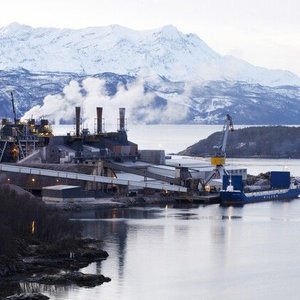The Turkish seabass and seabream industry has been steadily increasing production volumes for the last decade or so, to the point where Turkey is now the world’s major producer of seabass and also closing the gap on the Greek seabream sector. At the beginning of 2015, it now appears that the production growth stage of the Turkish expansion is winding down and the focus is instead switching to turning production into profit.
A number of factors have contributed to the Turkish success. For one thing, Turkey’s major competitor, the Greek industry, has been struggling to maintain profitability for some years now, while the economic crisis has severely restricted access to credit. Meanwhile, the Turkish sector has received substantial investment and government support, on top of its existing advantage in terms of production costs. This has allowed Turkish exporters to price their product well below their Greek counterparts in many cases, leading to a steady influx of Turkish fish into established and emerging markets alike. More recently, the Russian ban on imports of seafood products from a range of Western nations, including Greece, has played into Turkish hands. Although, prior to the ban, Turkey was already the major supplier to the Russian market, the difficulty that Russian imports are facing obtaining other species, such as salmon, appears to have boosted demand for Turkish bass and bream substantially.
Outlook
Juvenile production data for the major bass and bream producers suggest that production growth, for at least the next two years, will be approximately flat for seabream and likely to be negative for seabass. This is in large part due to the reversal of the Turkish industry’s previously rapid growth. The future effect on the market is difficult to predict precisely, but strong growth in many emerging markets and evidence of slow recovery in many established ones suggests that demand is now outstripping supply. This in turn should see prices rise, which will bring some relief to cash-strapped Greek producers. It is the Turkish industry, however, that is set to reap the greatest benefits if sustained high price levels are indeed the result of tightening supply. Turkish fish is now present in large quantities in almost all the major markets, and Turkey is the dominant supplier to many important emerging markets including Russia, where the import ban will continue to represent a lucrative opportunity for Turkish exporters for as long as it lasts. In the short term, the usual cyclical pattern should see prices for both bass and bream trend upwards in early 2015.
Despite the more positive outlook, many challenges remain for the bass and bream sector.
[Source: FAO Globefish. Read European Seabass and Gilthead Seabream report - March 2015]







